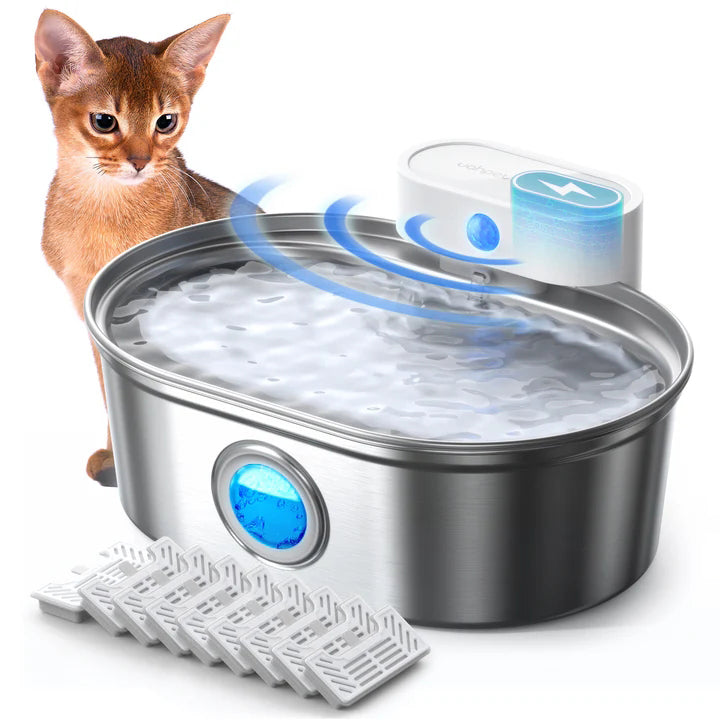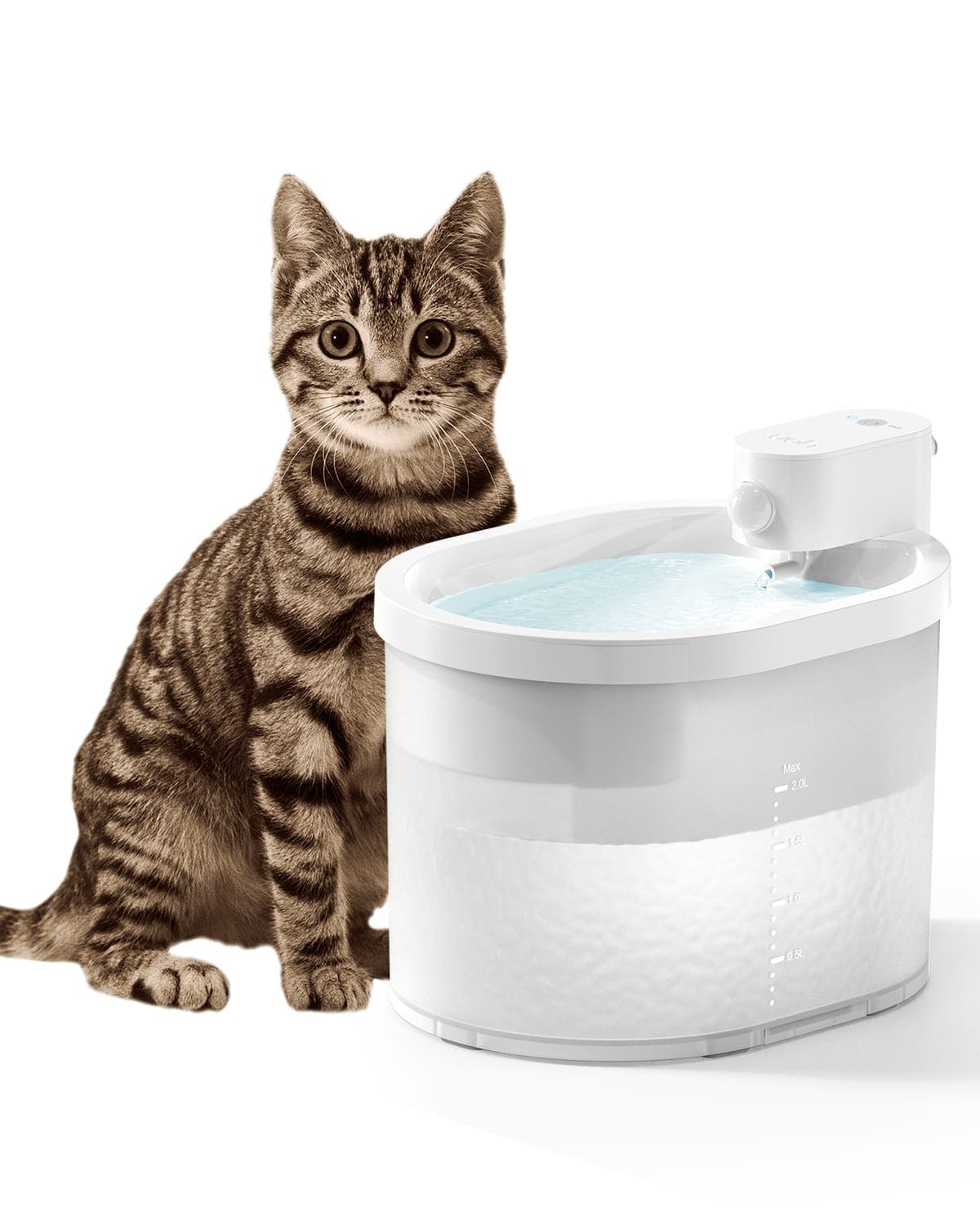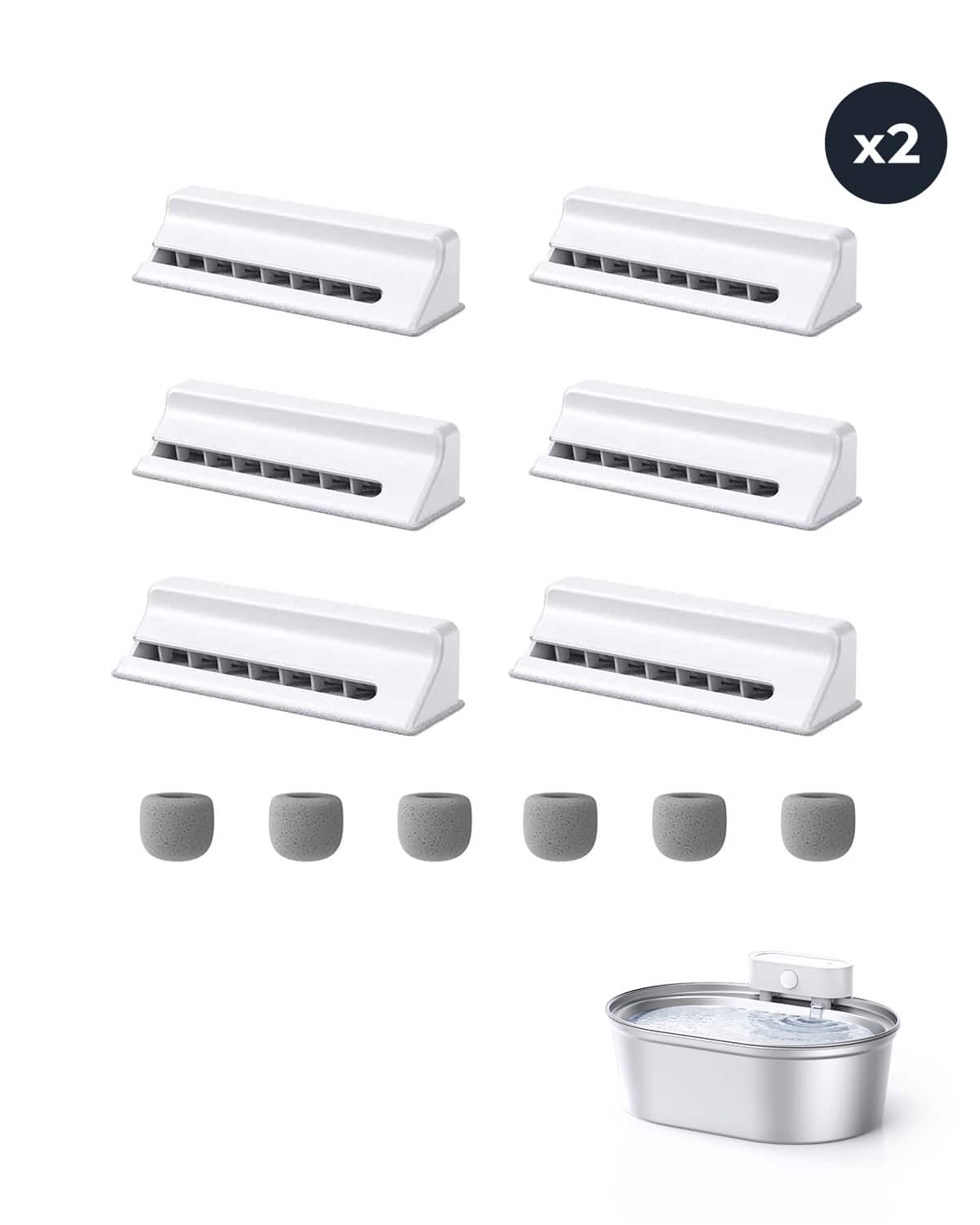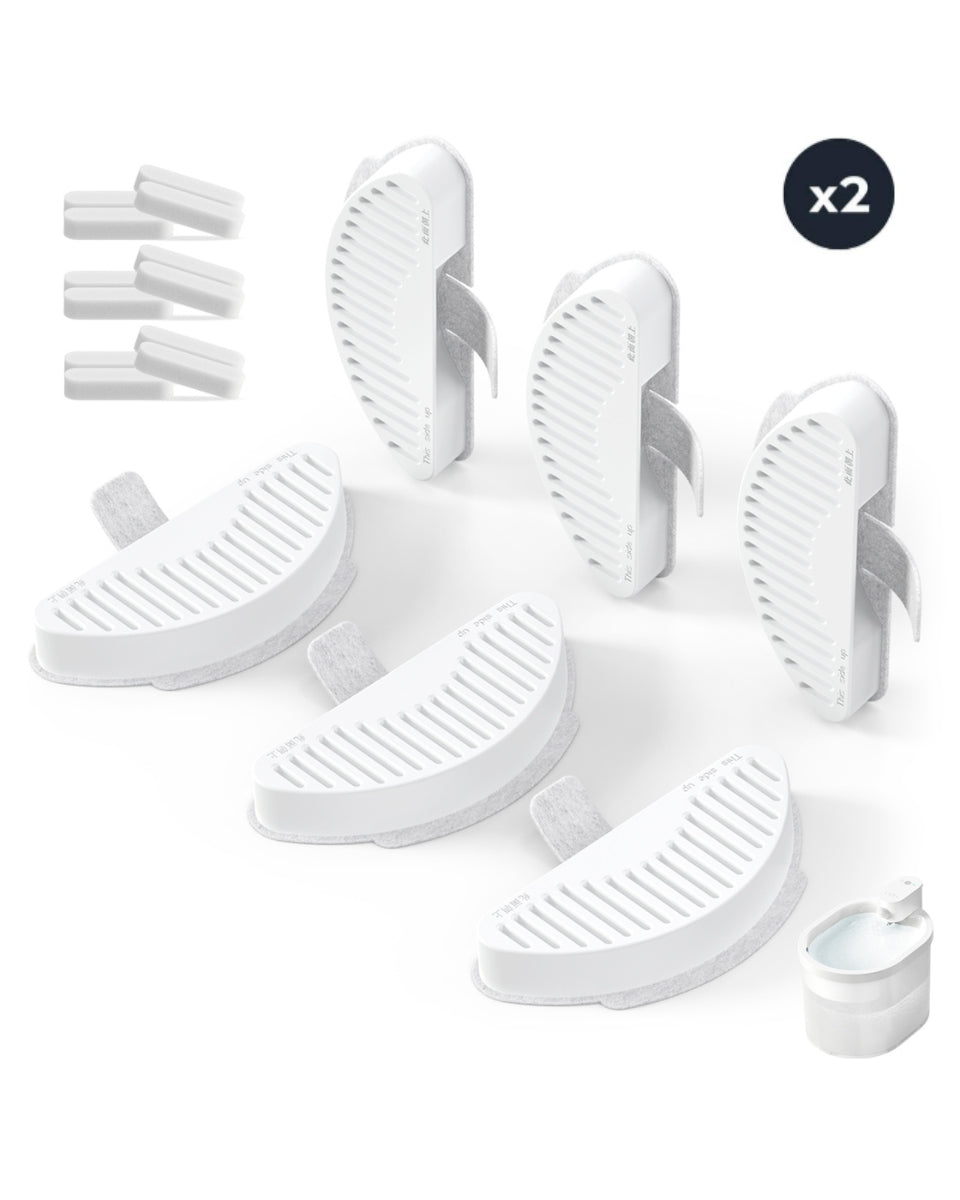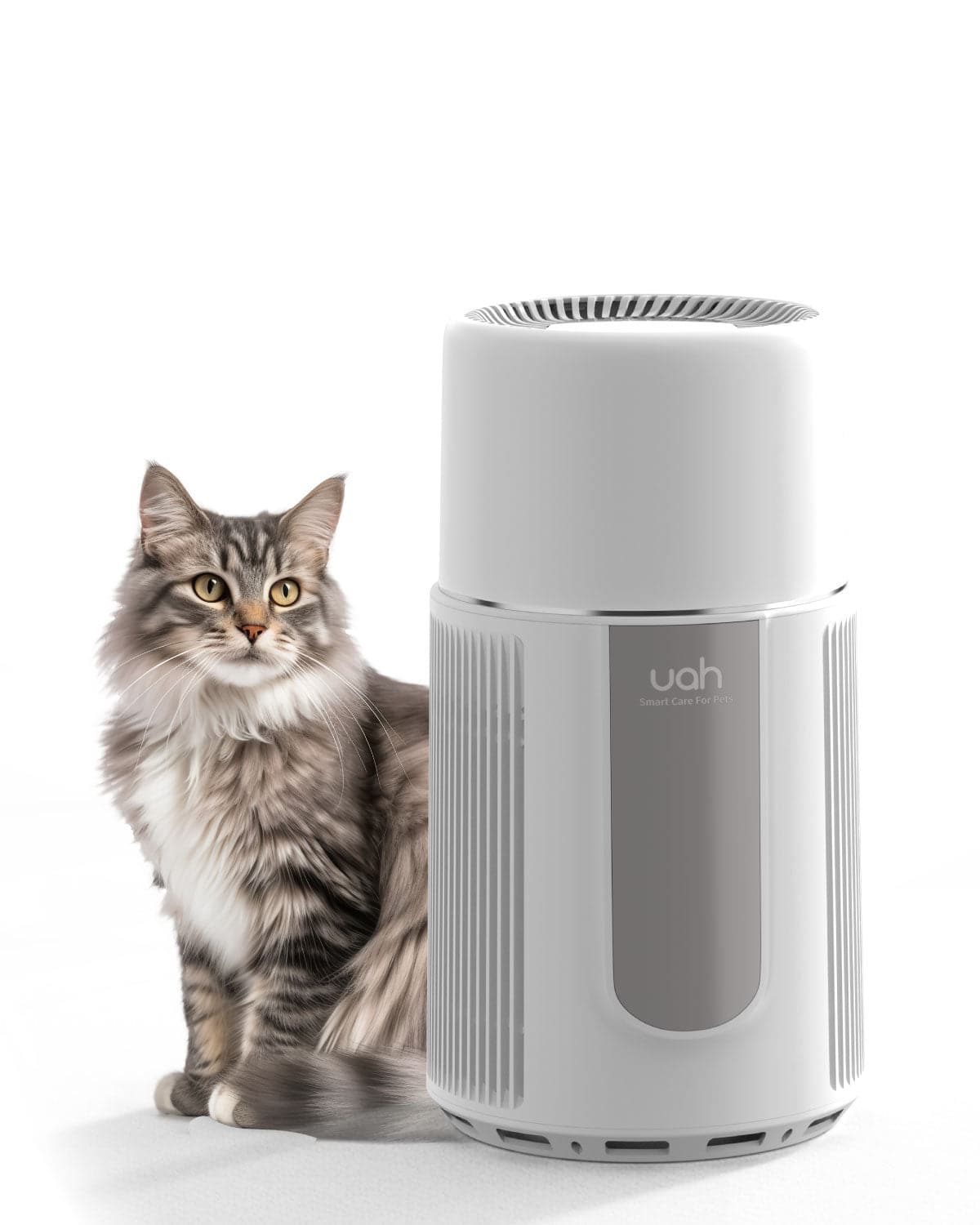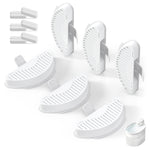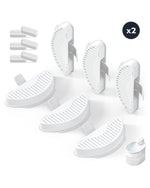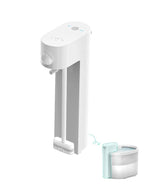If you're a pet owner, you know the joys and challenges of having furry companions. While pets bring love and companionship, they also leave behind a trail of pet hair that can be difficult to manage. One common question pet owners ask is: Do air purifiers help with pet hair? The answer is a resounding yes! Air purifiers can be a game-changer for reducing pet hair and improving indoor air quality. In this article, we’ll explore how air purifiers work, their benefits for pet owners, and tips for choosing the right one.
How Do Air Purifiers Work?
Air purifiers are designed to clean the air by removing pollutants, allergens, and particles. They use a combination of filters and technologies to capture and eliminate contaminants. The most common type of air purifier uses a HEPA (High-Efficiency Particulate Air) filter, which is highly effective at trapping microscopic particles, including pet hair, dander, and dust. Some air purifiers also include additional features like activated carbon filters to neutralize odors or UV-C light to kill bacteria and viruses.
The Role of Air Purifiers in Reducing Pet Hair
Pet hair itself is not the only concern for pet owners. It’s often accompanied by pet dander, which is a common allergen. Air purifiers can help by capturing both pet hair and dander before they settle on surfaces or circulate in the air. This is particularly beneficial for individuals with allergies or asthma. By reducing airborne pet hair and dander, air purifiers create a cleaner and healthier living environment.
Benefits of Using Air Purifiers for Pet Owners
Using an air purifier in a home with pets offers several advantages:
- Improved Air Quality: Air purifiers remove pet hair, dander, and other allergens, making the air cleaner and easier to breathe.
- Reduced Allergies: By capturing allergens, air purifiers can help alleviate symptoms for allergy sufferers.
- Odor Control: Many air purifiers include activated carbon filters that neutralize pet odors, keeping your home smelling fresh.
- Less Cleaning: With fewer airborne particles, you’ll spend less time dusting and vacuuming.
Choosing the Right Air Purifier for Pet Hair
Not all air purifiers are created equal, especially when it comes to handling pet hair. Here are some factors to consider when selecting an air purifier:
- HEPA Filter: Look for an air purifier with a true HEPA filter, as it can capture particles as small as 0.3 microns.
- Airflow Capacity: Choose a purifier with a high Clean Air Delivery Rate (CADR) to ensure it can handle the size of your room.
- Additional Features: Consider models with activated carbon filters for odor control or UV-C light for added sterilization.
- Noise Level: If you plan to run the purifier continuously, opt for a quiet model.
Tips for Maximizing the Effectiveness of Your Air Purifier
To get the most out of your air purifier, follow these tips:
- Placement Matters: Position the air purifier in a central location, preferably in the room where your pet spends the most time.
- Regular Maintenance: Replace filters as recommended by the manufacturer to maintain optimal performance.
- Combine with Other Strategies: Use your air purifier alongside regular grooming, vacuuming, and cleaning to reduce pet hair and dander.
Common Misconceptions About Air Purifiers and Pet Hair
There are a few misconceptions about air purifiers and their ability to handle pet hair. One common myth is that air purifiers can completely eliminate pet hair from your home. While they are highly effective at reducing airborne hair and dander, they won’t remove hair that has already settled on surfaces. Another misconception is that all air purifiers are the same. In reality, the effectiveness of an air purifier depends on its features and specifications.
Real-Life Experiences: What Pet Owners Say
Many pet owners have shared positive experiences with air purifiers. They report fewer allergy symptoms, less visible pet hair in the air, and a fresher-smelling home. One pet owner mentioned, ‘Since using an air purifier, I’ve noticed a significant reduction in my cat’s hair floating around. It’s made a huge difference for my allergies.’ These testimonials highlight the practical benefits of incorporating an air purifier into your pet care routine.
Scientific Evidence Supporting Air Purifiers for Pet Hair
Research supports the use of air purifiers to reduce pet-related allergens. Studies have shown that HEPA filters can effectively capture pet dander and other airborne particles, improving indoor air quality. For example, a study published in the Journal of Allergy and Clinical Immunology found that using HEPA air purifiers significantly reduced airborne cat allergens in homes. This scientific evidence reinforces the effectiveness of air purifiers for pet owners.
Alternatives to Air Purifiers for Managing Pet Hair
While air purifiers are highly effective, they are not the only solution for managing pet hair. Here are some additional strategies:
- Regular Grooming: Brushing your pet frequently can reduce shedding and the amount of hair in your home.
- Vacuuming: Use a vacuum with a HEPA filter to remove pet hair from carpets and furniture.
- Air Vent Filters: Install filters in your HVAC system to capture pet hair and dander.
If you’re tired of constantly battling pet hair and dealing with allergies, an air purifier could be the solution you’ve been looking for. By capturing pet hair, dander, and other allergens, air purifiers can significantly improve your indoor air quality and make your home a more comfortable place for both you and your pets. Don’t wait—take the first step toward a cleaner, healthier living environment today!

